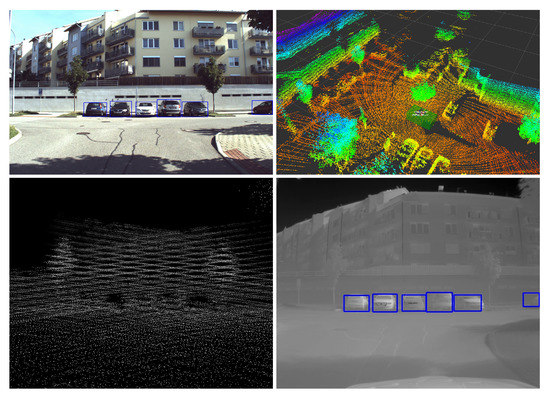

"The expectation has been that such information would improve alerting because it would offer a better characterization of large earthquake sources compared to a point source," Murray explained. But researchers are already looking at ways to incorporate 3D source information, gleaned from fault displacement data collected by Global Navigation Satellite Systems (GNSS), into ShakeAlert.

West Coast's ShakeAlert, the researchers note in the Bulletin of the Seismological Society of America.įor now, ShakeAlert's algorithms use seismic data to characterize an earthquake source as a point or line. The study's findings could be useful for earthquake early warning systems like the U.S. In their study, 3D models also substantially improved alert accuracy for all subduction zone earthquakes at MMI 4.5 and MMI 2.5 (weak motion felt only by a few people) thresholds. They suggest 3D models would be an improvement over 2D models for an alert threshold of MMI 4.5, meaning that the alert would be triggered for shaking exceeding the "light" intensity category, where most people indoors would feel some shaking. The benefits of 3D fault models vary depending on the fault style (a strike slip versus a reverse fault, for instance), whether the event is a subduction or crustal earthquake, and the level of shaking that triggers the alert, according to Jessica Murray and colleagues at the U.S.


 0 kommentar(er)
0 kommentar(er)
